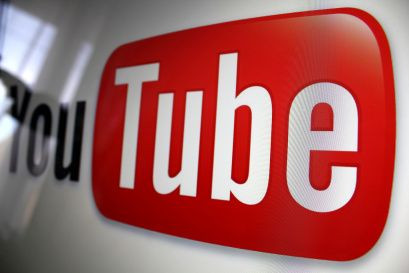YouTube 'Pay Per View' Channels All But Confirmed By Recent App Update
Android update code contains two lines about "paid channels."

While Google (NASDAQ:GOOG) has been facing a fresh round of rumors about a possible “pay-to-view” service for YouTube following last week's Wall Street Journal report that said as much, the Mountain View, Calif.-based company may have let the cat out of the bag with some errant coding language.
First reported by the website Android Police, a brief string of code buried in the most recent update for YouTube’s Android application shows that the video service is already working on a premium retail model.
The two lines read: “You can only subscribe to this paid channel on your computer,” and: “You can only unsubscribe from this paid channel on your computer.”
Google has not commented on the report nor confirmed any plans to change YouTube’s current monetization model, but when it comes to experimenting with business models, having the phrase “paid channel” embedded in the code is as revealing as a string of HTML can be. In its original report on Google’s new plans for YouTube, Ad Age said the company was planning to charge between $1 and $5 for monthly subscriptions to the new premium channels, though videos could also be priced individually to let users pay piecemeal for standalone viewings.
The new “paid channel” detail that Android Police discovered doesn’t clarify how, exactly, Google plans to monetize these premium channels, but provides stronger evidence than before to show that they do indeed exist. While sources originally told the Wall Street Journal that Google “hopes that owners of struggling cable-TV channels might opt to move their content to YouTube,” a piecemeal or subscription-based service that offers users video content for as little as $1 (or a few cents for a single view) could make the company’s new YouTube services more akin to popular online media services like Spotify or Apple’s (NASDAQ: AAPL) iTunes.
Google shares jumped as high as $808.41 during Monday morning trading before falling back below $800 per share to close at $790.77.
© Copyright IBTimes 2025. All rights reserved.






















